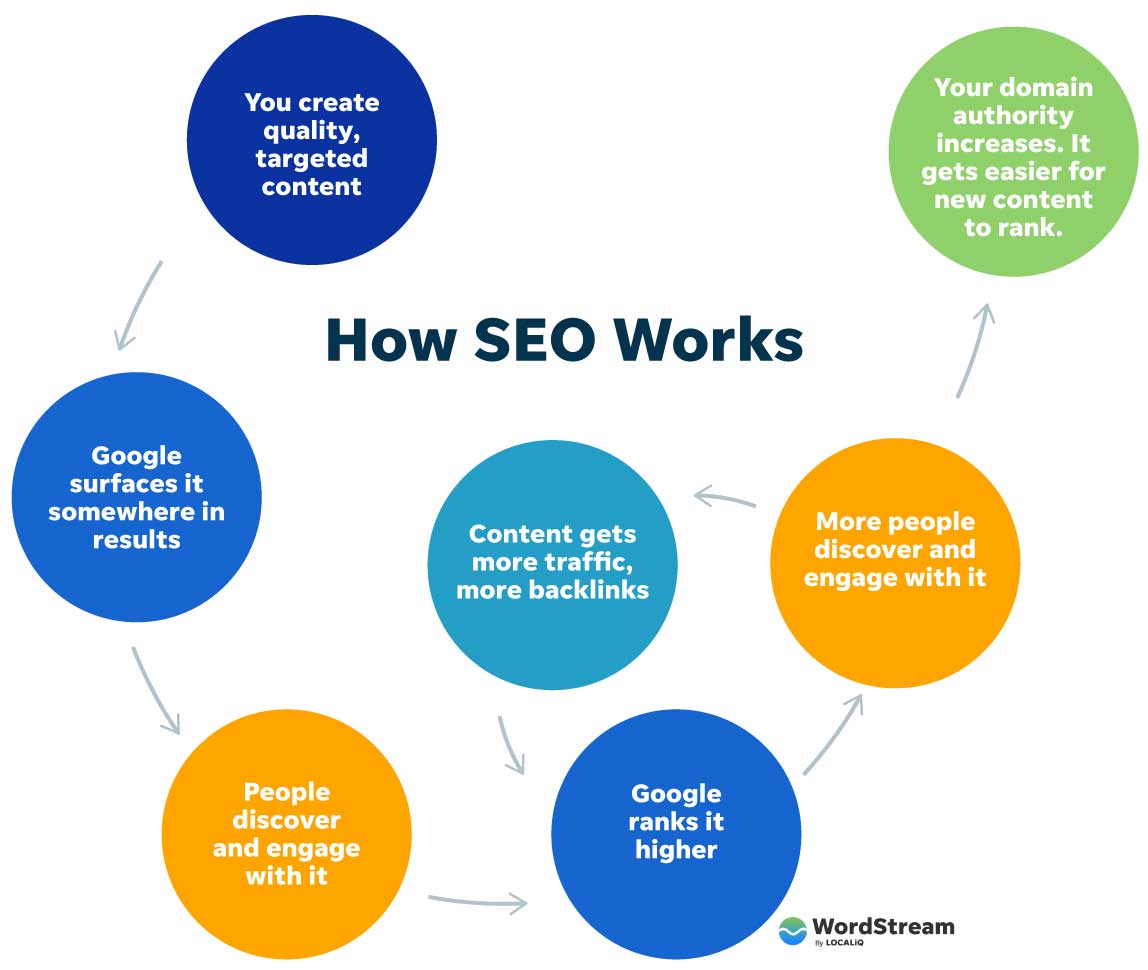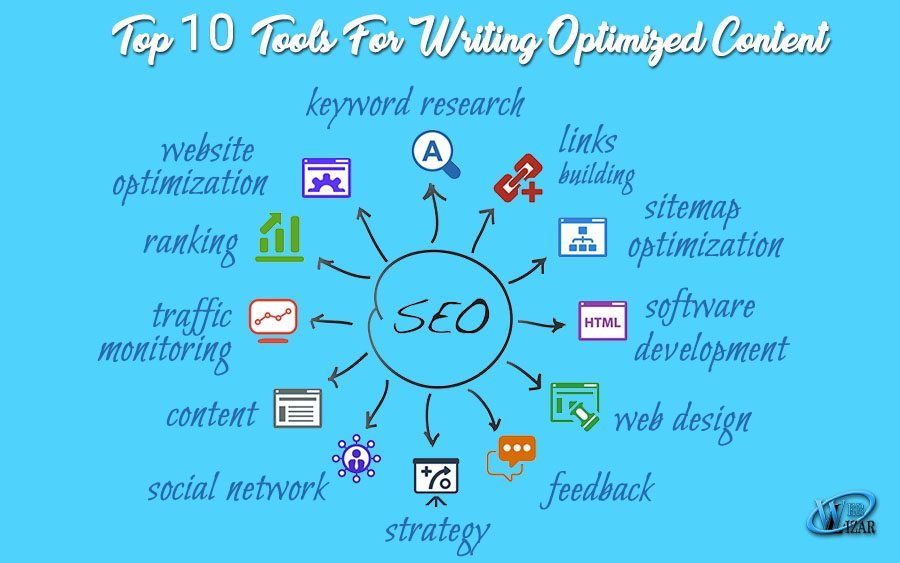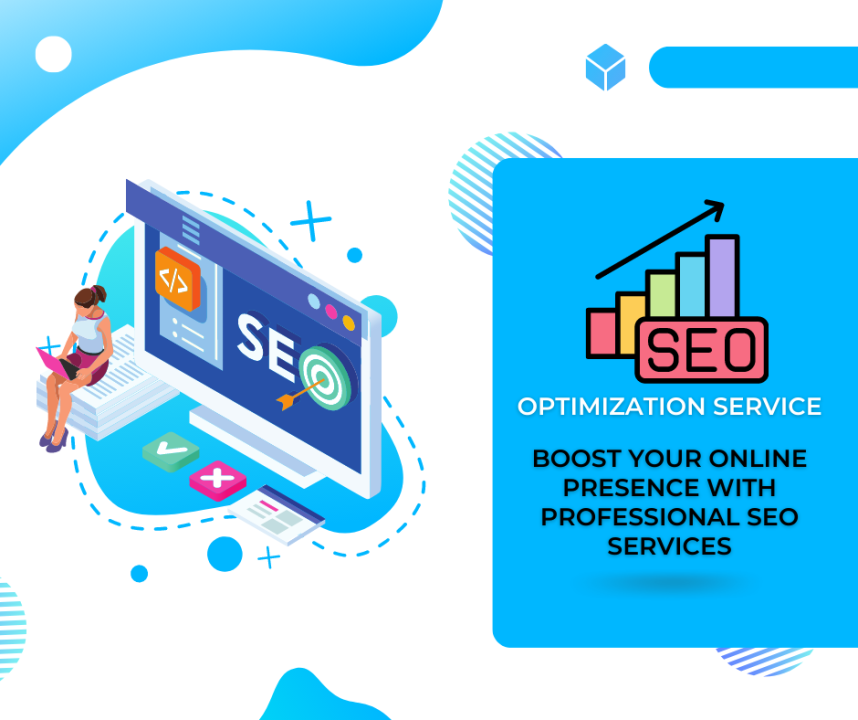Understanding Non-default Mediums in Google Analytics: Beyond the Essentials of SEO
Wiki Article
Believing Outside package: Leveraging Unusual Tools to Maximize Google Analytics Efficiency
In the world of digital advertising, the pursuit for boosted Google Analytics efficiency has actually become a calculated crucial for businesses looking for to refine their online existence. By exploring non-traditional mediums as avenues of data collection, a new realm of possibilities emerges.Special Information Resources

Social media platforms provide useful information on individual demographics, rate of interests, and involvement metrics, allowing companies to assess the efficiency of their social media projects and optimize material for better efficiency. By leveraging these distinct data resources, organizations can improve their strategies, enhance targeting efforts, and improve total Google Analytics performance.
Social Media Insights

In addition, social media sites analytics tools enable businesses to track essential efficiency indications, screen campaign effectiveness, and determine the effect of their online activities. Comprehending the demographics of fans, recognizing preferred content styles, and examining engagement levels can help businesses tailor their advertising strategies for better results.
Offline Marketing Integration
Integrating offline marketing strategies with electronic analytics can improve total project efficiency and offer an extra extensive understanding of customer actions. what is not considered a default medium in google analytics. By linking the space in between online and offline initiatives, organizations can track the influence of standard advertising and marketing networks such as print advertisements, television commercials, direct-mail advertising, and events on their online existence
In addition, applying phone call radar for offline advertising tasks makes it possible for services to catch useful information on customer queries created through printed promotions or materials (what is not considered a default medium in google analytics). By analyzing phone call data alongside online metrics in Google Analytics, businesses can gain much deeper insights into the customer trip and optimize advertising approaches for improved efficiency across all networks
IoT and Wearable Modern Technology
Using IoT and wearable innovation in digital analytics can revolutionize information collection and consumer insights for services looking for a much deeper understanding of customer actions patterns. These innovative innovations offer a smooth way to collect real-time data from numerous touchpoints. IoT tools can track customer interactions with services or products, providing useful information on use patterns and choices. Wearable modern technology, such as smartwatches or health and fitness trackers, can provide understandings into user tasks, wellness metrics, and even place information.Gamification Methods
The implementation of gamification methods in electronic analytics offers an innovative approach to enhancing user involvement and driving workable understandings for services. By integrating game-like components such as factors, badges, leaderboards, and compensates see right into the analytics user interface, business can encourage users to connect more frequently and meaningfully with the data.Gamification encourages individuals to discover various features of the analytics platform, discovering beneficial view insights that might have otherwise gone unnoticed. Via interactive obstacles and progress monitoring, individuals are incentivized to dive deeper into the data, resulting in enhanced time invested on the system and a higher likelihood of discovering essential fads or patterns.
Furthermore, gamification can foster a sense of competitors amongst users, spurring them to pursue higher performance and engagement degrees. This affordable spirit can drive boosted customer fostering rates and a much more thorough utilization of the analytics tools available. Eventually, by leveraging gamification methods in electronic analytics, companies can produce a more productive and engaging environment for individuals, leading to more enlightened decision-making and boosted general performance.
Conclusion
To conclude, leveraging non-traditional tools such as unique information resources, social networks insights, offline marketing integration, IoT and wearable technology, and gamification methods can maximize Google Analytics performance. By thinking outside package and exploring these alternate resources of data, businesses can obtain important understandings and boost their general advertising methods. It is necessary for business to continuously explore new methods to collect data and assess it in order to remain in advance in the ever-evolving electronic landscape.By including data from sources such as consumer connection monitoring (CRM) systems, social media platforms, and email advertising and marketing projects, organizations can obtain a much more thorough understanding of their target market actions and engagement patterns. Social media systems supply beneficial information on individual demographics, rate of interests, and involvement metrics, allowing businesses to gauge the effectiveness of their social media projects and maximize material for better performance. By leveraging these one-of-a-kind information resources, businesses can fine-tune their strategies, improve targeting efforts, and boost total Google Analytics efficiency.
Discovering social media insights can supply straight from the source organizations with important data on customer demographics, passions, and involvement metrics, permitting for educated decision-making and tactical optimization of marketing initiatives. By thinking outside the box and discovering these alternate resources of information, businesses can gain important insights and enhance their overall marketing techniques.
Report this wiki page